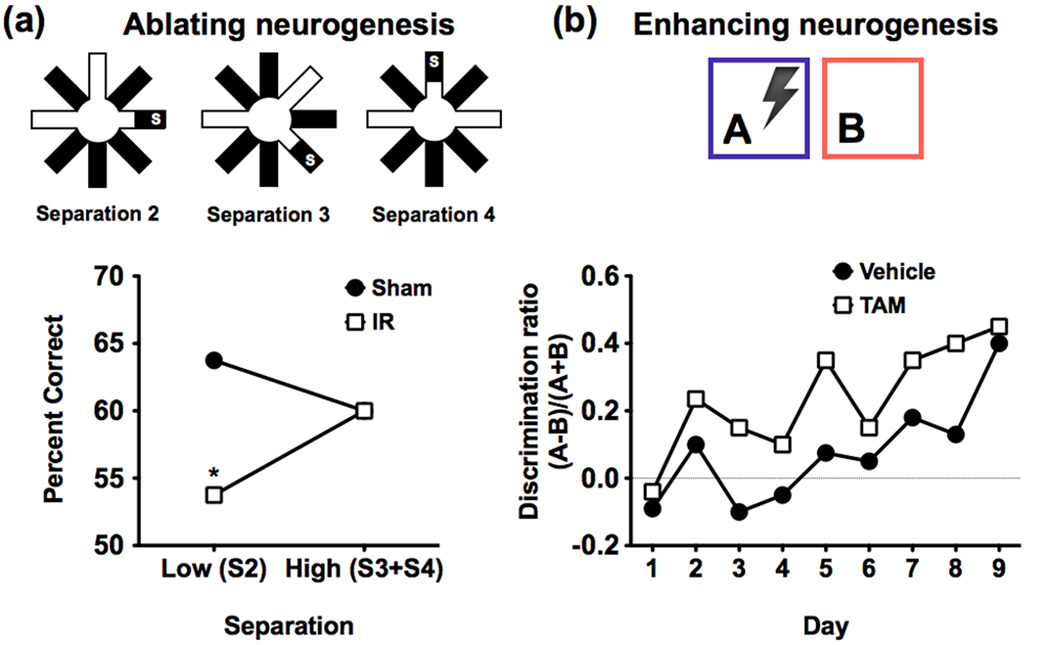Figure 5. The effects of manipulating neurogenesis on pattern separation.
(a) In this study [80] in rats input similarity was manipulated by varying the number of intervening radial maze arms between the sample and target locations. In this delayed non-match to place paradigm, a smaller number of intervening arms (e.g. 2) should require more pattern separation than larger numbers (e.g. 3 and 4). The results show that x-irradiated mice (IR) that lacked neurogenesis were impaired at low (S2) but not high (S3 and S4) separations compared to sham test mice. These results illustrate that newborn granule cells are important for normal pattern separation. Figure adapted, with permission, from AAAS [80]. (b) In this study [81], contextual fear discrimination learning with similar environments (A and B) was used to test pattern separation abilities in a group of mice with a genetically inducible manipulation that enhances newborn neuron survival in the DG. Results show higher discrimination in the mice with enhanced neurogenesis (TAM) compared to control mice (vehicle) during the first eight days of learning. This gain-of-function manipulation illustrates that increasing the number of adult-born neurons improves pattern separation. Figure adapted, with permission, from Macmillan Publishers Ltd [81]. Together, results from (a) and (b) suggest an important role for newborn neurons in DG-mediated pattern separation.

